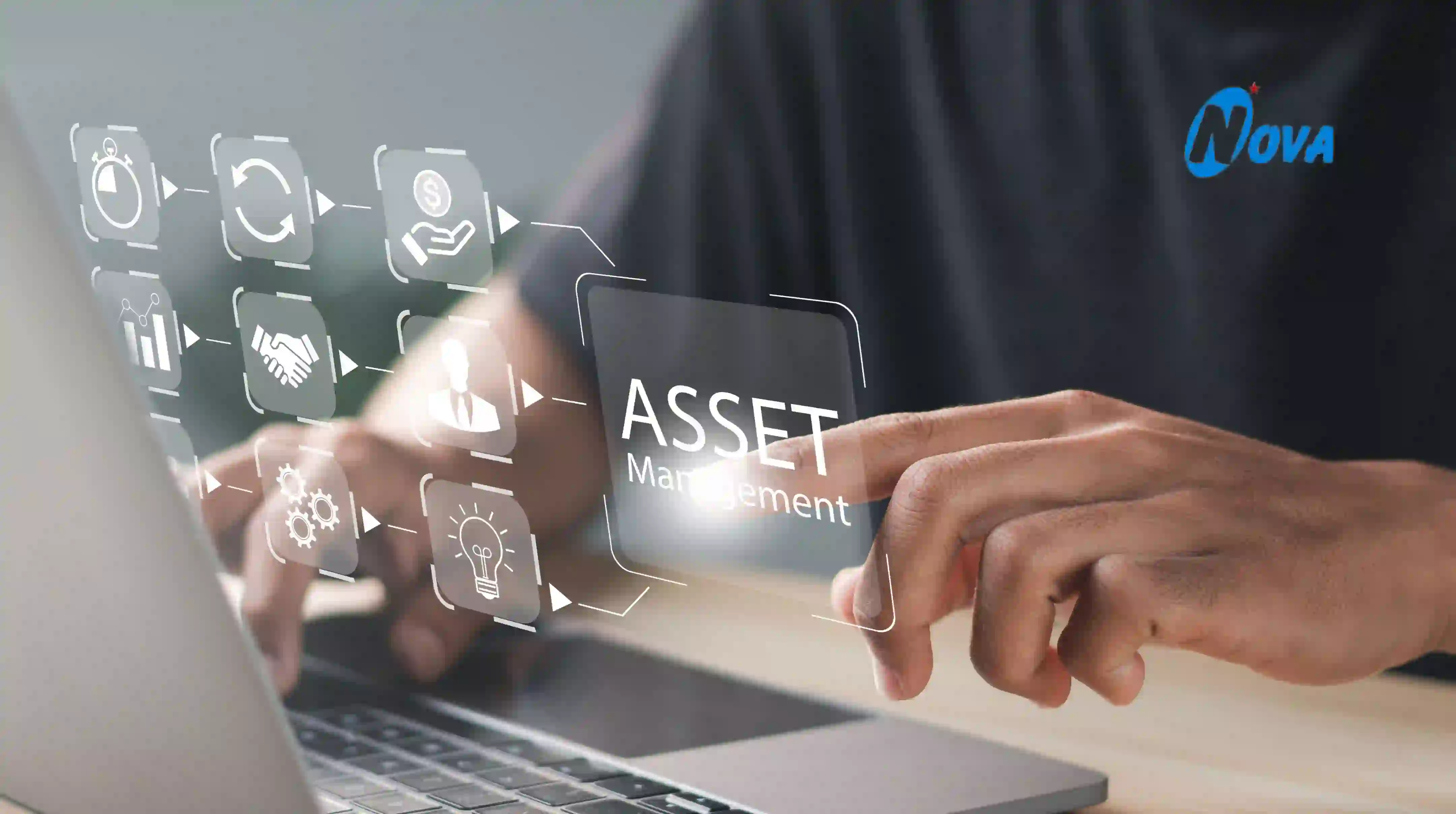Mastering fixed assets management and accounting is essential for any business aiming for long-term success. By understanding the fundamentals, utilizing advanced software like Tally ERP, and implementing best practices, you can enhance the efficiency and
Fixed assets are a critical component of any business, serving as the backbone of operations and long-term growth. Understanding and managing these assets effectively is crucial for financial health and operational efficiency. In this comprehensive guide, we'll explore everything you need to know about fixed assets, from accounting principles to management strategies, and how software like Tally ERP can revolutionize your approach.
1. What are Fixed Assets?
Fixed assets, also known as non-current assets or long-term assets, are tangible property that a company owns and uses in its operations to generate income. These assets are not expected to be consumed or converted into cash within a year. Examples include machinery, buildings, vehicles, and equipment.
2. What is Fixed Assets Accounting?
Fixed assets accounting involves recording, tracking, and reporting the value of a company's fixed assets. This process ensures accurate financial statements, aids in tax preparation, and helps in the assessment of asset value over time. Key activities include:
Initial Recognition: Recording the purchase cost of the asset.
Depreciation: Allocating the cost of the asset over its useful life.
Revaluation: Adjusting the book value to reflect current market conditions.
Disposal: Recording the removal of an asset from the books when sold or retired.
3. Types of Fixed Assets
Fixed assets can be broadly classified into several categories:
Tangible Assets: Physical assets like machinery, buildings, and vehicles.
Intangible Assets: Non-physical assets such as patents, trademarks, and goodwill.
Natural Resources: Assets like timberlands, oil fields, and mineral deposits.
Leasehold Improvements: Enhancements made to rented properties.
4. Fixed and Current Assets: Understanding the Difference
While fixed assets are long-term investments, current assets are short-term assets expected to be converted into cash within a year. Current assets include inventory, accounts receivable, and cash. Understanding this distinction is vital for managing liquidity and long-term investment strategies.
5. Fixed Assets Management: How Software Can Help
Fixed assets management involves overseeing the lifecycle of assets from acquisition to disposal. Effective management ensures optimal utilization, compliance with regulations, and accurate financial reporting. Software solutions like Tally ERP can significantly enhance this process by:
Automating Tracking: Streamlining the tracking of asset locations, conditions, and maintenance schedules.
Improving Accuracy: Reducing human error in asset recording and depreciation calculations.
Ensuring Compliance: Helping adhere to regulatory requirements and accounting standards.
Providing Insights: Offering analytics and reports for better decision-making.
6. How to Track Fixed Assets
Tracking fixed assets is crucial for maintaining accurate records and ensuring asset security. Here are some methods:
Asset Tags: Use barcodes or RFID tags to label and track assets.
GPS Tracking: Implement GPS devices for high-value or mobile assets.
Regular Audits: Conduct periodic physical audits to verify asset locations and conditions.
Software Solutions: Utilize asset management software to automate tracking and reporting.
7. Fixed Assets on a Balance Sheet
On a balance sheet, fixed assets are typically listed under the non-current assets section. They are recorded at their historical cost, minus accumulated depreciation. The balance sheet reflects the net book value of the assets, providing insight into the company's long-term investment in physical and intangible properties.
8. Fixed Assets Accounting Formula
The basic formula for fixed assets accounting involves calculating depreciation, which can be done using various methods. The most common method is the straight-line depreciation formula:
Annual Depreciation Expense=Cost of the Asset−Salvage ValueUseful Life\text{Annual Depreciation Expense} = \frac{\text{Cost of the Asset} - \text{Salvage Value}}{\text{Useful Life}}Annual Depreciation Expense=Useful LifeCost of the Asset−Salvage Value
This formula helps allocate the asset's cost over its useful life, ensuring accurate financial reporting and tax compliance.
9. How to Elevate Your Fixed Assets Management and Accounting
Elevating your fixed assets management and accounting can lead to better financial health and operational efficiency. Here are some strategies:
Invest in Technology: Use advanced asset management software to automate and streamline processes.
Regular Training: Ensure staff are well-trained in asset management practices and software usage.
Policy Development: Establish clear policies for asset acquisition, usage, and disposal.
Regular Audits: Conduct frequent audits to verify asset records and ensure compliance.
Lifecycle Management: Implement strategies for managing the entire asset lifecycle, from procurement to disposal.
10. Tally ERP Customization for Fixed Assets Management
Tally ERP is a powerful tool for fixed assets management, offering several benefits over competitors:
Customizable Solutions: Tailor the software to meet your specific asset management needs.
Comprehensive Tracking: Automate tracking of asset locations, conditions, and maintenance schedules.
Accurate Depreciation Calculation: Use built-in modules to calculate depreciation accurately and efficiently.
Regulatory Compliance: Ensure adherence to accounting standards and regulatory requirements.
Integrated Reporting: Generate detailed reports for better decision-making and financial planning.
Conclusion
Mastering fixed assets management and accounting is essential for any business aiming for long-term success. By understanding the fundamentals, utilizing advanced software like Tally ERP, and implementing best practices, you can enhance the efficiency and accuracy of your asset management processes. This comprehensive approach will not only improve your financial health but also provide a competitive edge in the market.
Embrace these strategies, invest in the right tools, and elevate your fixed assets management to achieve greater operational efficiency and financial stability.
